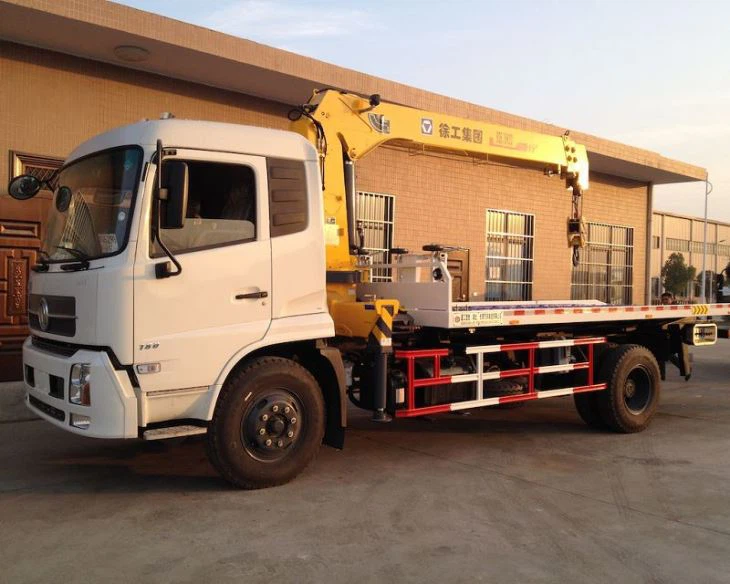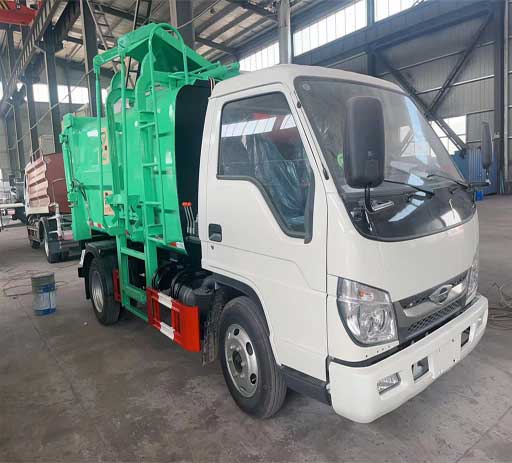Kenworth T880 Dimensions: A Comprehensive Guide

The Kenworth T880 is a robust, versatile truck designed for a wide variety of applications, making it a popular choice among trucking professionals. One of the most crucial aspects of choosing a truck is understanding its dimensions, as these can significantly impact performance, maneuverability, and suitability for different job types. In this article, we will delve into the dimensions of the Kenworth T880, including its lengths, widths, heights, and weight specifications, while also exploring its advantageous features and practical applications.
Overview of the Kenworth T880
The Kenworth T880 is renowned for its durability, advanced features, and exceptional driving performance. Built with the driver in mind, this model incorporates a spacious cab and innovative technology to enhance comfort and efficiency. Understanding the dimensions of the T880 can help operators make informed decisions regarding payload capacity, road suitability, and fleet management strategies.
Key Features of the Kenworth T880
- Spacious and ergonomic cab design
- Advanced driver assistance systems
- Flexible configurations for various hauling needs
- Durable construction for increased longevity
- Powerful engine options for maximum performance
Kenworth T880 Dimensions: In-Depth Analysis
1. Overall Length
The overall length of the Kenworth T880 can vary based on the configuration and type of chassis. Typically, it ranges between:
- Standard Day Cab Length: 21 to 25 feet
- Sleepers Cab Length: 23 to 30 feet
Impact of Length on Performance
The length of a truck affects its turning radius and stability. A longer truck can provide better load distribution but might struggle in tight urban environments. Always consider your primary freight routes when determining the suitable length for your T880.
2. Width Specifications
The Kenworth T880 generally has a width of:
- Width: Approximately 96 inches (8 feet) for standard models
Considerations for Width
The width impacts the truck’s aerodynamics and fuel efficiency. A wider truck may offer more interior space but could face challenges when navigating narrow roads or bridges. Always check local regulations regarding vehicle width limitations.
3. Height Measurements
The height of the Kenworth T880 plays a vital role in determining its suitability for various jobs.
- Overall Height: Usually ranges from 130 to 160 inches, depending on the model and configuration.
Height Considerations for Loads
Understanding the height is essential for loads that require clearance. If you often operate in areas with height restrictions, consider the overall height of your T880 before making a purchase.
4. Wheelbase Variations
The wheelbase of the Kenworth T880 can vary to suit different applications. Common wheelbase configurations include:
- Short Wheelbase: 156 inches
- Standard Wheelbase: 200 inches
- Long Wheelbase: Up to 240 inches
Benefits of Different Wheelbase Lengths
A shorter wheelbase generally offers better maneuverability which is advantageous for local deliveries. In contrast, longer wheelbases provide better stability and weight distribution for heavy loads on highways.
Weight Specifications of the Kenworth T880
5. Gross Vehicle Weight Rating (GVWR)
The GVWR denotes the maximum operating weight of the truck, including its own weight and the load it can carry. The Kenworth T880 typically has:
- GVWR: Ranges from 33,000 to 80,000 pounds, depending on the configuration and customer specifications.
Importance of Understanding GVWR
Knowing the GVWR is crucial for compliance with road regulations and for ensuring that you do not exceed the truck’s capacity, which can lead to costly fines and safety issues.
6. Curb Weight
The curb weight of the Kenworth T880 varies based on design choices and configurations. It typically ranges from:
- Curb Weight: 14,000 to 20,000 pounds.
How Curb Weight Affects Payload
Understanding curb weight is essential when calculating payload capacity. The lighter the curb weight, the heavier the load you can carry, which is critical for maximizing efficiency and profitability.
Custom Configurations of the Kenworth T880
7. Chassis and Cab Options
The Kenworth T880 offers numerous customization options to cater to different industries. Available cab styles include:

- Day Cab
- Mid-Roof Sleeper
- High-Roof Sleeper
Choosing the Right Configuration for Your Needs
When selecting a configuration, consider factors such as required comfort, intended distance traveled, and cargo type. Mid-roof sleepers are ideal for long hauls, while day cabs are suitable for local deliveries.
8. Body Options

The T880 supports various body configurations, including:
- Dump Trucks
- Concrete Mixers
- Box Trucks
Specifics on Body Types
Each body type has unique dimensions affecting load capabilities and operational efficiency. Consider your business requirements and consult industry standards to choose the most practical body type.
Kenworth T880 Comparison to Competitors
9. Dimensions Compared to Other Models
When evaluating the Kenworth T880, it’s beneficial to compare its dimensions with competitors, such as the Freightliner Cascadia and Peterbilt 579. Here’s a simplified comparison:
| Model | Length | Width | Height | GVWR |
|---|---|---|---|---|
| Kenworth T880 | 21-30 ft | 96 in | 130-160 in | 33,000-80,000 lbs |
| Freightliner Cascadia | 22-28 ft | 96 in | 130-156 in | 33,000-80,000 lbs |
| Peterbilt 579 | 22-30 ft | 96 in | 130-160 in | 33,000-80,000 lbs |
Why Comparison Matters
Comparing dimensions helps prospective buyers to determine which truck best meets their operational needs, budget constraints, and regulatory requirements.

Practical Tips for Choosing the Right Kenworth T880 Configuration
10. Assessing Your Operational Needs
Evaluating your specific requirements will guide your choice of the ideal Kenworth T880 configuration. Follow these steps:
- Analyze your typical routes: Consider frequency of highway vs. urban driving.
- Evaluate load types: Heavy loads versus lighter cargo may require different truck configurations.
- Consider driver comfort: Long hauls may necessitate a sleeper cab for driver convenience.
Frequent Maintenance and Dimension Checks
Regular maintenance is crucial for keeping your Kenworth T880 in optimal condition. Users should routinely check dimension-related aspects such as axle spacing and suspension height to ensure compliance and safe handling.
Frequently Asked Questions (FAQ)
What is the turning radius of the Kenworth T880?
The turning radius of the Kenworth T880 varies based on its wheelbase configuration, generally ranging from 20 to 24 feet, making it suitable for various terrains.
Can I customize the dimensions of the Kenworth T880?
Yes, the Kenworth T880 can be customized in terms of wheelbase, cab style, and body configuration to meet specific operational needs.
What is the maximum payload capacity of the Kenworth T880?
The maximum payload capacity depends on the truck’s curb weight and GVWR but typically ranges from 40,000 to 65,000 lbs, depending on configurations.
How does the Kenworth T880 compare to other trucks in its class?
Compared to competitors, the Kenworth T880 offers similar dimensions but may excel in driver comfort, advanced technology, and customization options.
What are the advantages of a longer wheelbase on the T880?
A longer wheelbase generally provides better stability and smoother ride quality, especially under heavier loads, making it ideal for long-distance hauling.
How do truck dimensions affect my business operations?
Truck dimensions impact maneuverability, load capacity, and compliance with road regulations, making it essential to choose a configuration that meets both operational and legal requirements.
